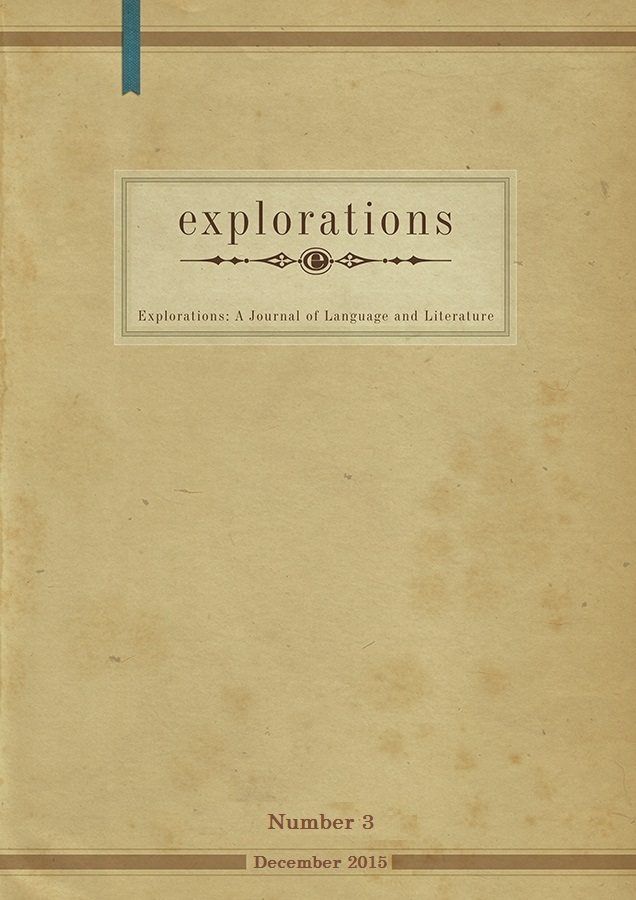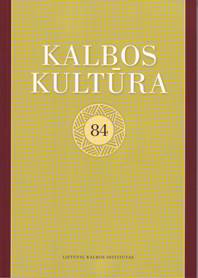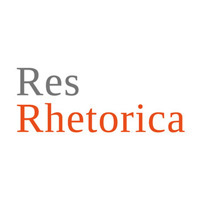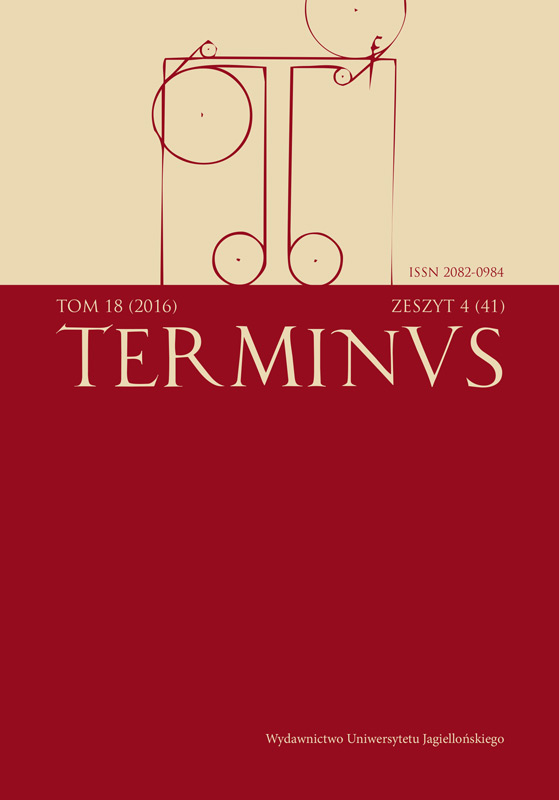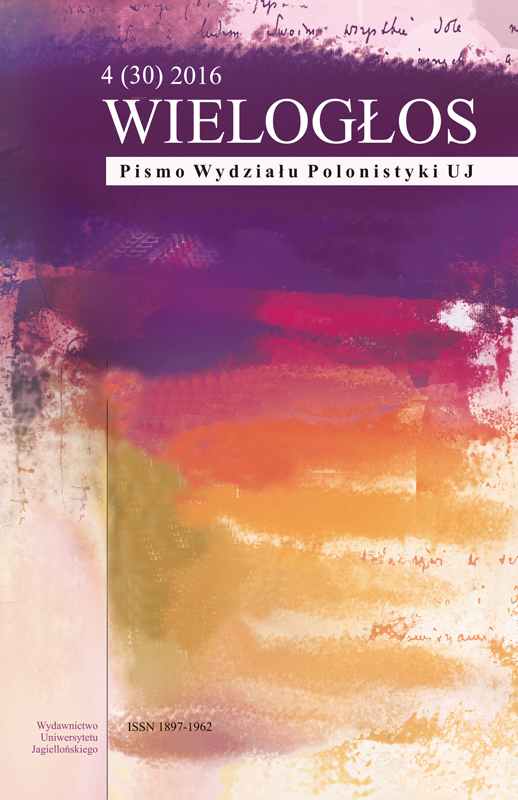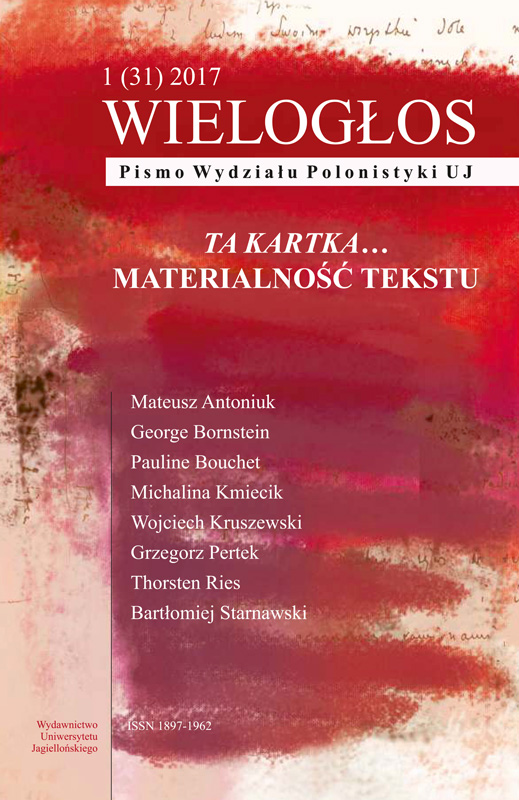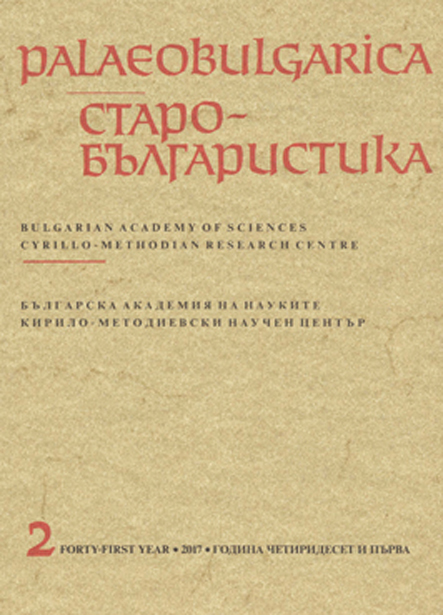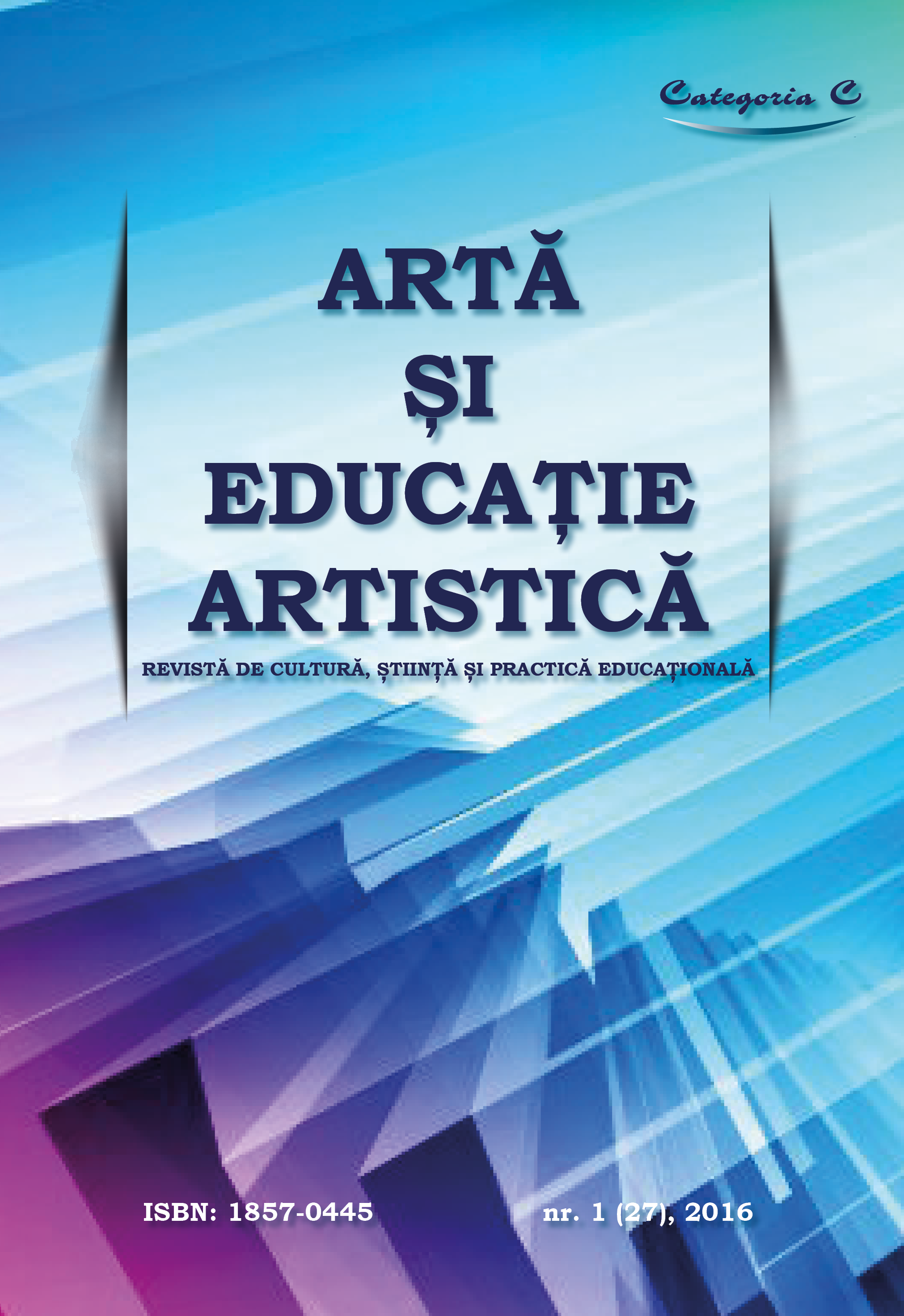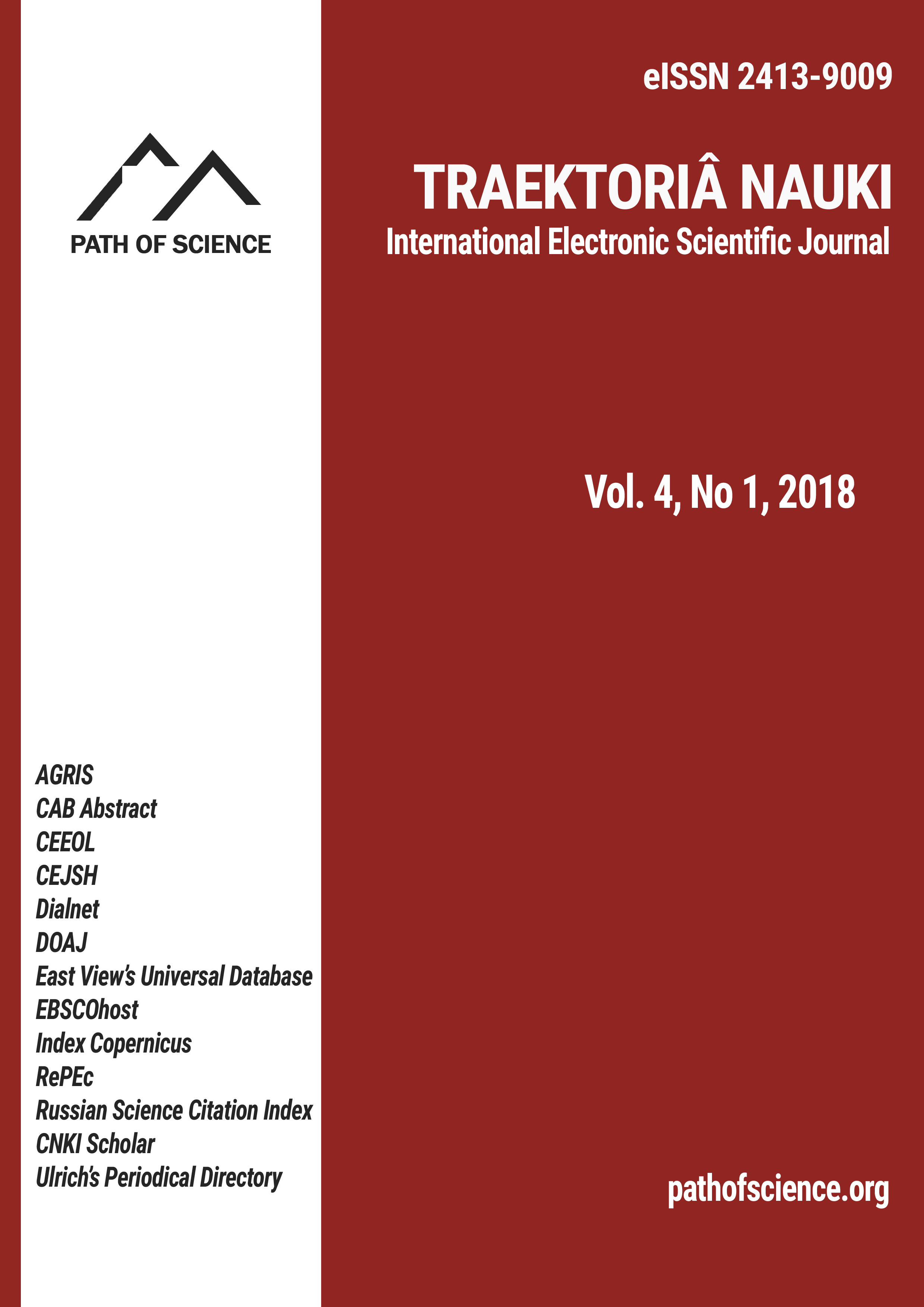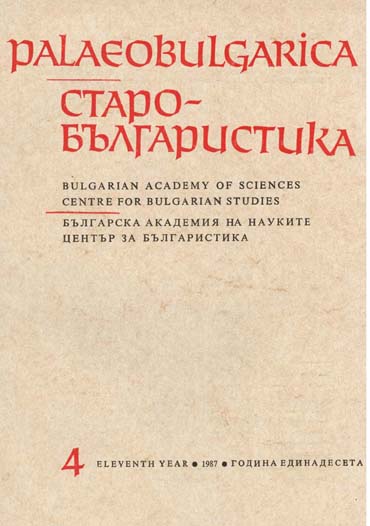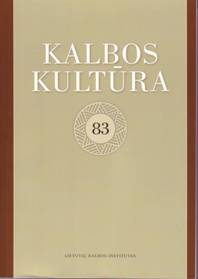
Ivaras Aasenas ir naujosios norvegų rašytinės kalbos kilmė
Norvegas Ivaras Aasenas (Osen, 1813–1896) buvo iš tų kultūros veikėjų, kurie XVIII–XIX a. Europoje domėjosi valstiečių tarmėmis ir jų pagrindu siūlė kurti naujas ar gaivinti tautines kalbas. I. Aaseno intelektinę brandą lėmė tai, kad jis augo nuošalioje kaimo bendruomenėje, kuri jau nuo XVIII a. pabaigos puoselėjo itin intensyvią literatūrinę veiklą, o gana daug šios bendruomenės narių priklausė ilgesnes negu šimto metų raštingumo tradicijas turinčioms šeimoms. Taigi jau ankstyvasis mokymas stiprino jo įsitikinimą, kad norvegų valstiečių tarmės tėra paviršius, po kuriuo slypi bendra sistema, t. y. nekodifikuota tautinė kalba. Iš pradžių I. Aasenas siekė suvienodinti vyraujančią rašto kultūrą, bet vėliau jis sumaniai pritaikė savo tikslams pagrindinių tautinio romantizmo skelbėjų idė- jas, gyvavusias XIX a. viduryje. Savo galutinį siekį – naujos ir visuotinai priimtinos rašytinės kalbos sukūrimą – jis derino su tuometinių kultūros veikėjų norais atgaivinti senąją valstiečių kalbą. Jo sumanymas sulaukė ir finansinės, ir moralinės paramos, tad naujųjų laikų Europoje I. Aasenas tapo vienu pirmųjų valstybės išlaikomų intelektualų. Viešumoje I. Aasenas prisiėmė valstiečio-intelektualo vaidmenį, o tai, nors ir skamba paradoksaliai, leido jam dalyvauti platesnėse kultūros sferose. Apskritai, I. Aaseno nuopelnai siejami ne tik su praktinės ir rašytinės kalbos normos kūrimu – jis yra pirmasis literatūrinę ir estetinę vertę turinčių ta kalba sukurtų tekstų autorius. Didžiausio pasisekimo sulaukė poezija ir pjesės, nors jam neblogai sekėsi rašyti ir esė. Daugelį metų I. Aaseno darbai ir nuopelnai buvo nepagrįstai pamiršti, ir tik pastaraisiais metais susidomėjimas jo veikla gerokai išaugo. Nuo 1996-ųjų, paskelbtų Ivaro Aaseno metais, parengtos bent trys išsamios kalbininko biografijos. Praėjus dar ketveriems metams jo gimtinėje atidarytas muziejus, o susidomėjimas Ivaro Aaseno veikla ir toliau nemažėja. Jo darbai dabar yra politikos ir kalbos filosofijos objektas, o artėjant 2013-iesiems, kai bus minima Ivaro Aaseno 200 metų gimimo sukaktis, dėmesys, tikėtina, tik stiprės.
More...
